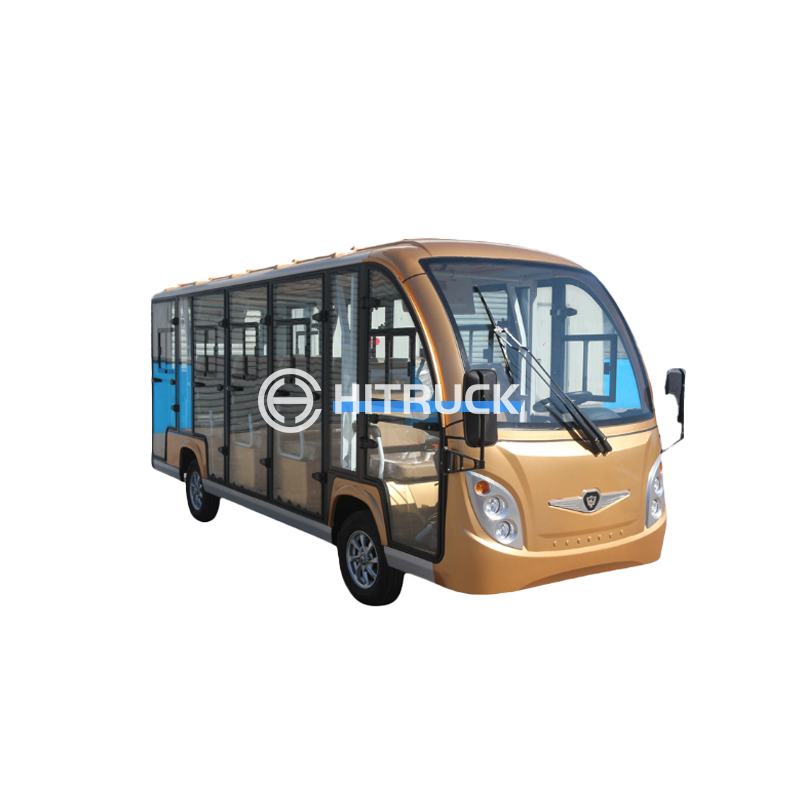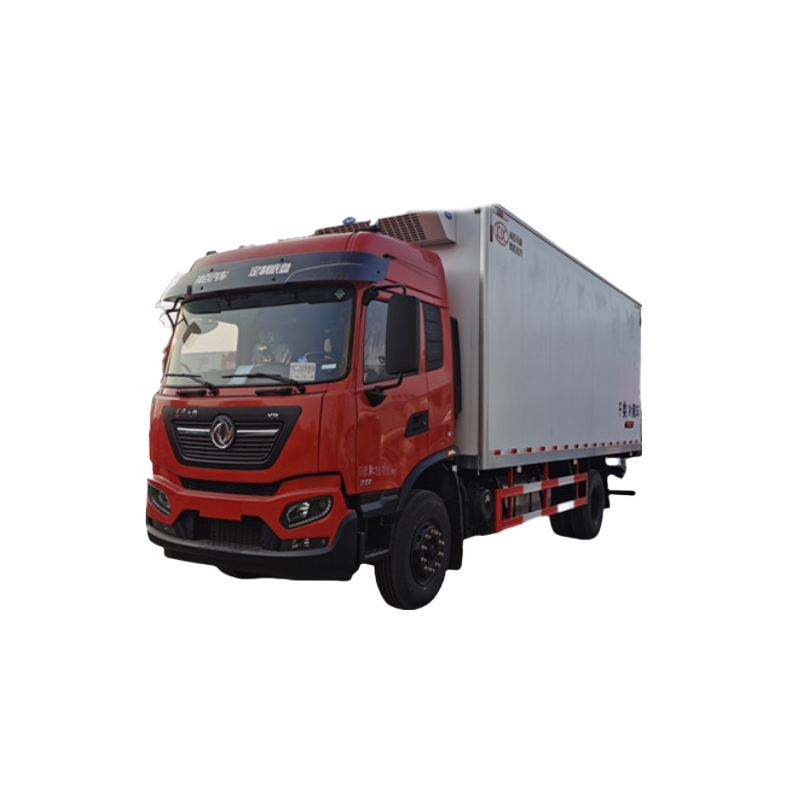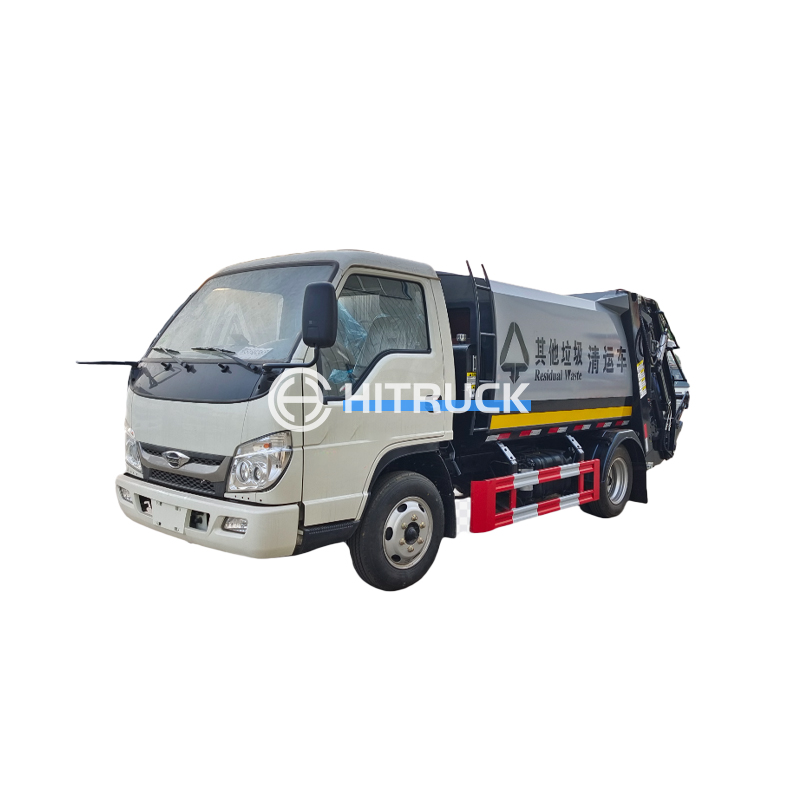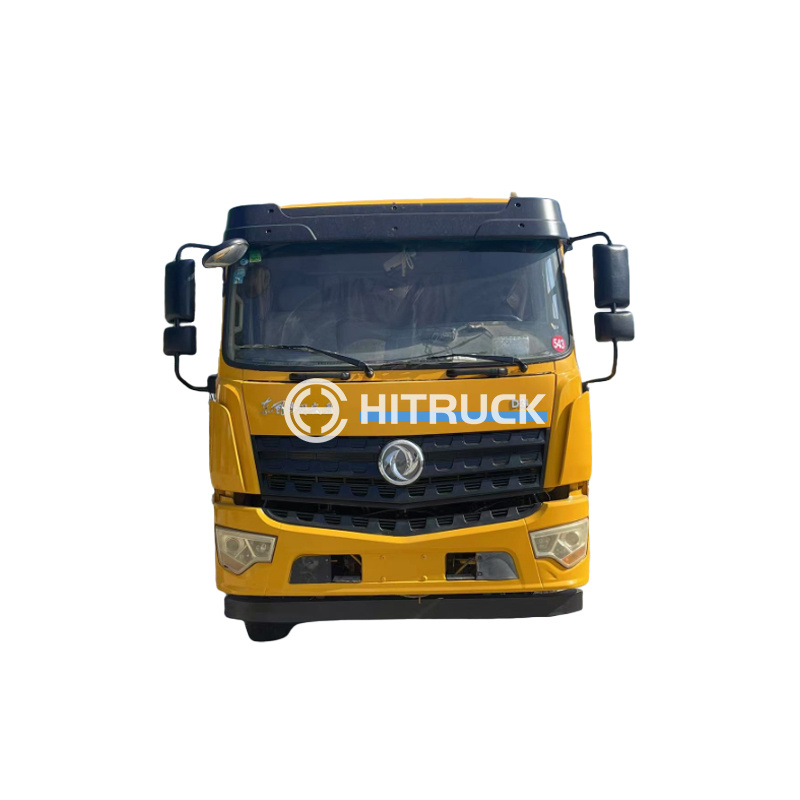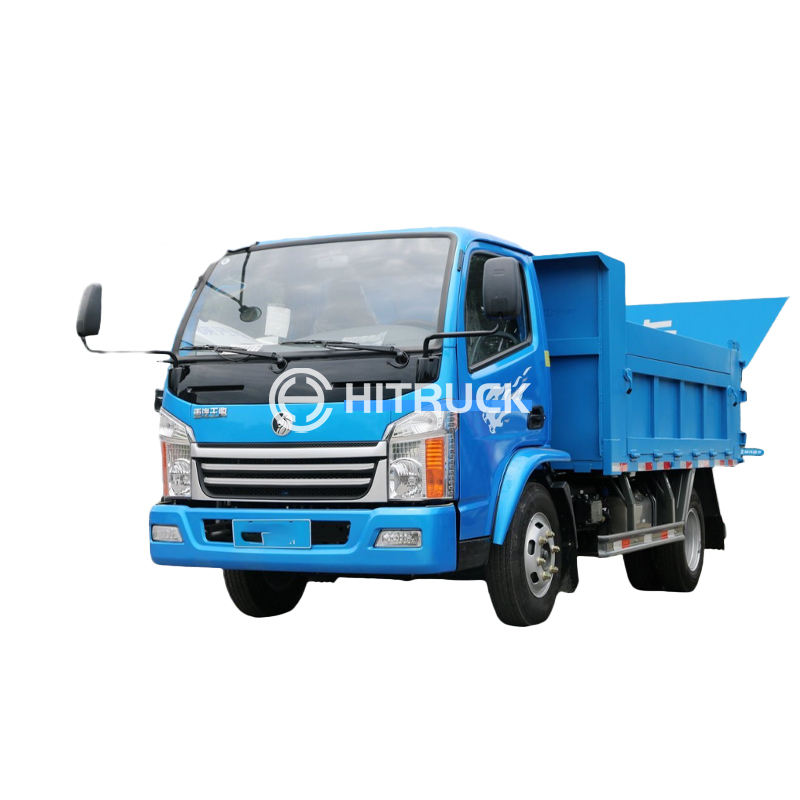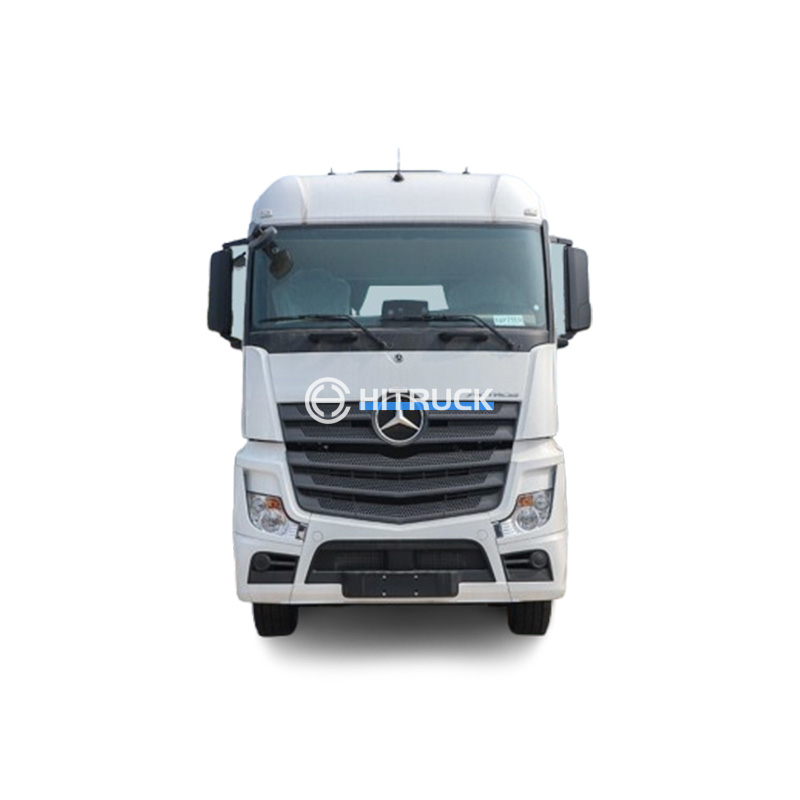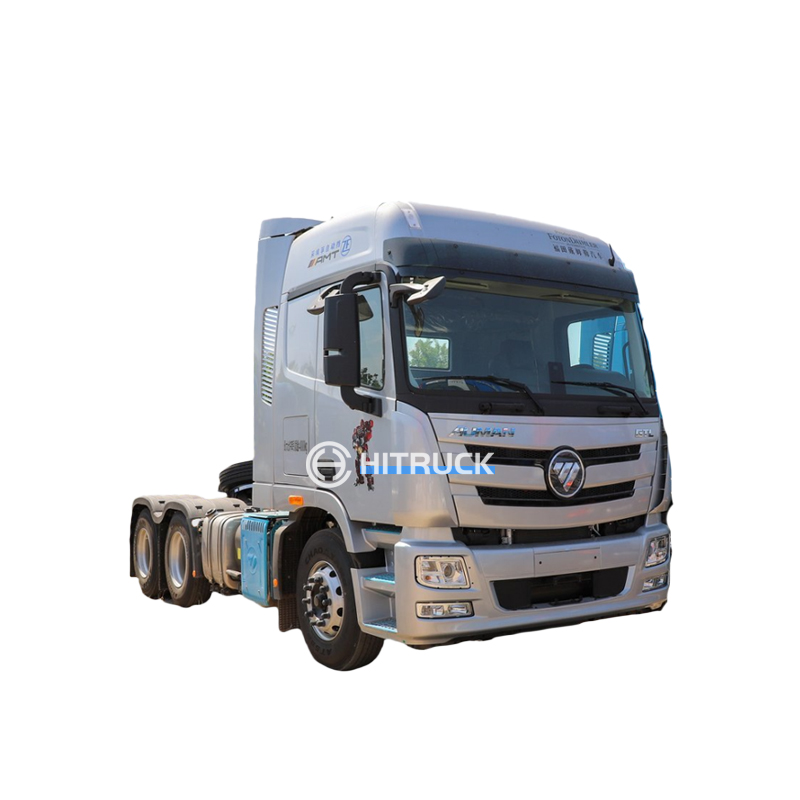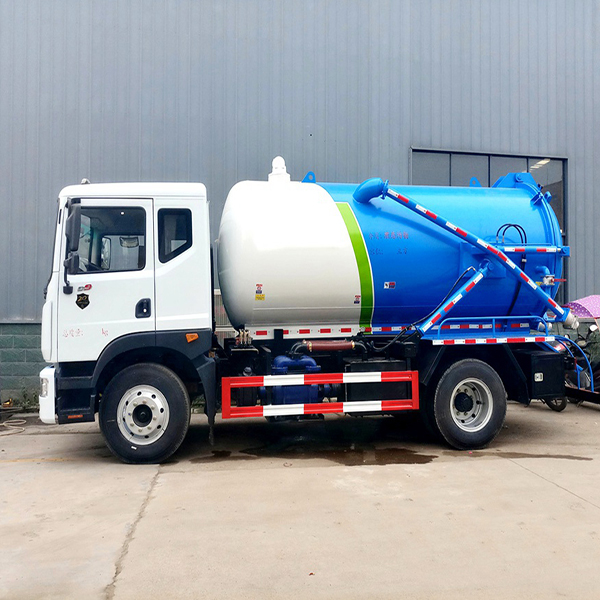This guide helps you understand the various types of small overhead cranes and select the best one for your specific application. We'll cover key features, capacity considerations, safety regulations, and maintenance tips to ensure you make an informed decision and improve workplace efficiency. Discover the ideal small overhead crane solution today!
Manual chain hoists are the simplest and most affordable type of small overhead crane. They are suitable for light-duty applications where lifting capacity is under a ton and the lifting height is relatively low. They are typically easy to install and maintain. However, they are labor-intensive and not suitable for frequent or heavy lifting. Hitruckmall offers a range of manual chain hoists to meet diverse needs.
Electric chain hoists offer a significant advantage over manual hoists, particularly for heavier loads or frequent lifting. These small overhead cranes are motorized, making lifting easier and faster. They increase productivity and reduce the risk of worker fatigue. Consider factors such as lifting capacity, lifting speed, and power supply when choosing an electric chain hoist. Proper maintenance, such as regular lubrication, is essential for longevity.
Air hoists utilize compressed air for lifting, offering advantages in environments where electricity is limited or hazardous. They are often chosen for their compact size and relatively lightweight construction, making them well-suited for specific applications requiring a small overhead crane in tight spaces. However, they require a compressed air supply and can be more expensive than electric options.
The lifting capacity of a small overhead crane is crucial. It should always exceed the weight of the heaviest load you intend to lift, incorporating a significant safety factor. Underestimating capacity can lead to accidents and equipment failure. Always consult the manufacturer's specifications.
The span (the horizontal distance between the crane's supporting columns) and the lifting height should be carefully determined based on the available space and the requirements of your workspace. A smaller span is suitable for limited areas. A larger span allows for covering a wider work area, but requires more robust support structures.
The duty cycle refers to the frequency and intensity of use. Heavy-duty small overhead cranes are designed for continuous operation, while lighter-duty models are suitable for intermittent use. Choosing the appropriate duty cycle ensures the crane's longevity and prevents premature wear and tear. Suizhou Haicang Automobile sales Co., LTD can help you assess your specific needs.
Adhering to all relevant safety regulations is paramount when operating a small overhead crane. Regular inspections and maintenance are essential to prevent accidents and ensure the crane functions optimally. Proper training for operators is also crucial.
| Type | Lifting Capacity | Power Source | Cost | Maintenance |
|---|---|---|---|---|
| Manual Chain Hoist | Low | Manual | Low | Low |
| Electric Chain Hoist | Medium to High | Electric | Medium | Medium |
| Air Hoist | Medium | Compressed Air | High | Medium |
Remember to always prioritize safety and consult with professionals for complex installations or heavy-duty applications. The right small overhead crane can significantly enhance efficiency and safety in your workspace.

